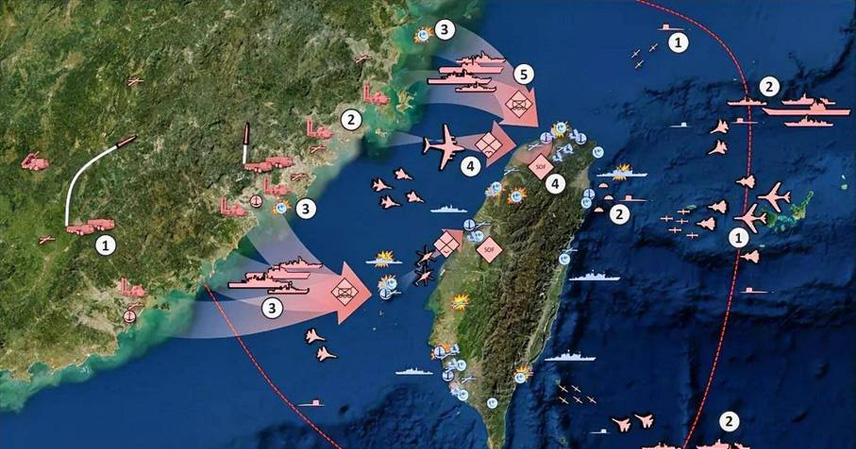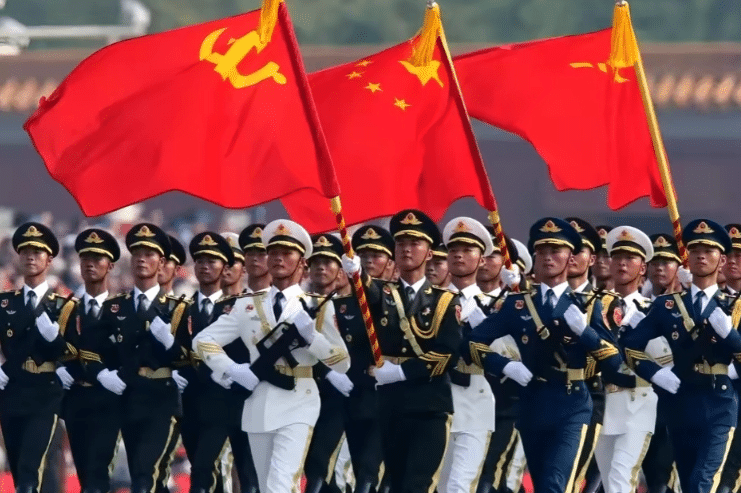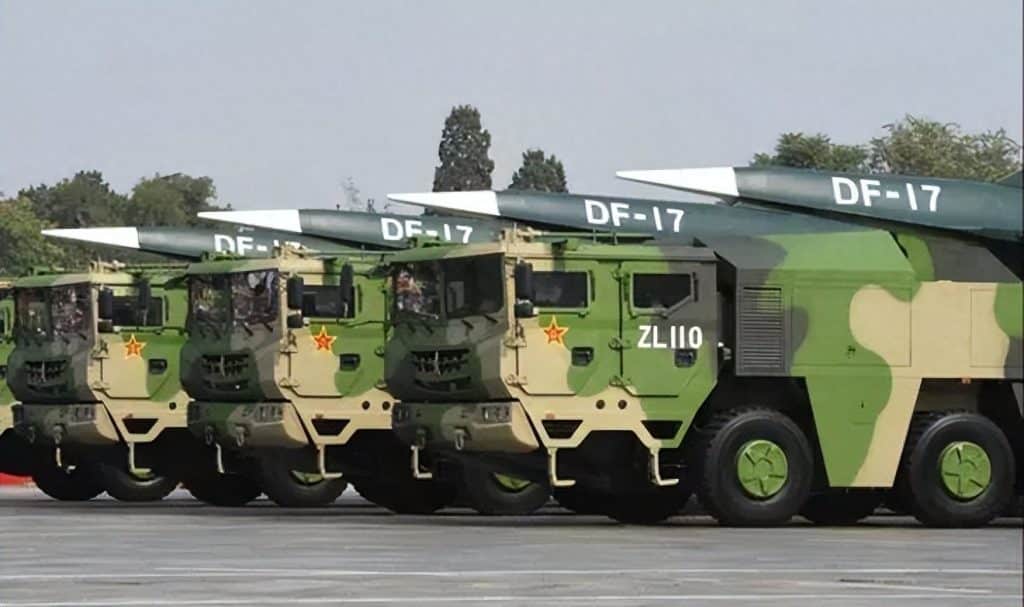The Strategic Weight of Rare Earths
China’s rare earth export restrictions have triggered panic in Washington. While U.S. officials attempt to downplay the impact, internal reports reveal a looming crisis across America’s military-industrial supply chain. These 17 critical minerals, essential for advanced technologies, have become Beijing’s most powerful strategic weapon—one that may quietly reshape global military balance.
Rare earths are indispensable to the U.S. defense sector. Each F-35 fighter jet requires 417 kilograms of these materials, a nuclear submarine consumes nearly 5,000 kilograms, and even smaller systems like the Patriot missile need up to 1 kilogram each. Without access to China’s supply, the U.S. war machine faces a grinding halt.
America’s Defense Industry Faces an Uncomfortable Truth
According to internal assessments from Lockheed Martin, the F-35 production line could be forced to stop within four months if rare earth shipments remain restricted. The U.S. Naval Academy also warns that three nuclear submarines scheduled for 2026 will likely be delayed, as domestic alternatives are decades behind China in refining capacity.
The numbers are sobering: 87% of U.S. frontline weapon systems rely on rare earth processing, affecting over 1,000 weapon programs and 20,000 components. As Gracelyn Baskrantan of the Center for Strategic and International Studies put it, “This isn’t just a trade retaliation—it’s a precision strike.”
China’s Strategic Leverage
Beijing currently controls 70% of global rare earth output and 90% of refining capacity. The U.S., despite years of rhetoric about “decoupling,” remains almost fully dependent on Chinese supplies. Even if new mining projects emerge in Australia or the U.S., they cannot quickly substitute China’s deep technological and logistical dominance in heavy rare earth separation.
Should the restrictions last six to twelve months, America’s ability to maintain or expand production of precision-guided munitions—such as Tomahawk missiles—would deteriorate sharply. Analysts suggest that such a scenario could erode Washington’s deterrence posture across the Indo-Pacific, especially regarding Taiwan.
Preparing for the Worst—Or the Inevitable?
Beijing’s rare earth strategy may mark the beginning of a broader “dual-track” approach: patiently watching for U.S. economic strain while simultaneously preparing for direct confrontation. If America’s military readiness falters, it could shift the regional power equation decisively in China’s favor.
Some voices within China argue that this is the moment to accelerate Taiwan’s reunification process, not necessarily through large-scale conflict but through high-tech precision operations, including drone-based “decapitation strikes” that minimize casualties and achieve rapid control.
Lessons from Moscow
Even Russian President Vladimir Putin has commented on China’s multiple pathways to national reunification. From 2021 to 2025, he repeatedly emphasized that Beijing could achieve unification through economic, cultural, or strategic means, rather than solely military confrontation.
This perspective aligns with China’s current calculus: leveraging economic dominance, rare earth control, and asymmetric technologies to weaken U.S. influence, all while maintaining the moral high ground internationally.
The Turning Point of U.S. Hegemony
Ultimately, the rare earth confrontation is more than a resource dispute—it’s a challenge to the foundations of U.S. hegemony. As Washington’s weapons production slows and allies grow uneasy, the world may be witnessing the beginning of the end for American dominance.
China, meanwhile, is sending a clear message: it is ready to defend its interests, economically and—if necessary—militarily. To maintain peace, it must first be ready for war.
References
- Center for Strategic and International Studies (CSIS) report on rare earth dependence
- Lockheed Martin supplier briefing (internal summary)
- U.S. Naval Academy research report on submarine delays



